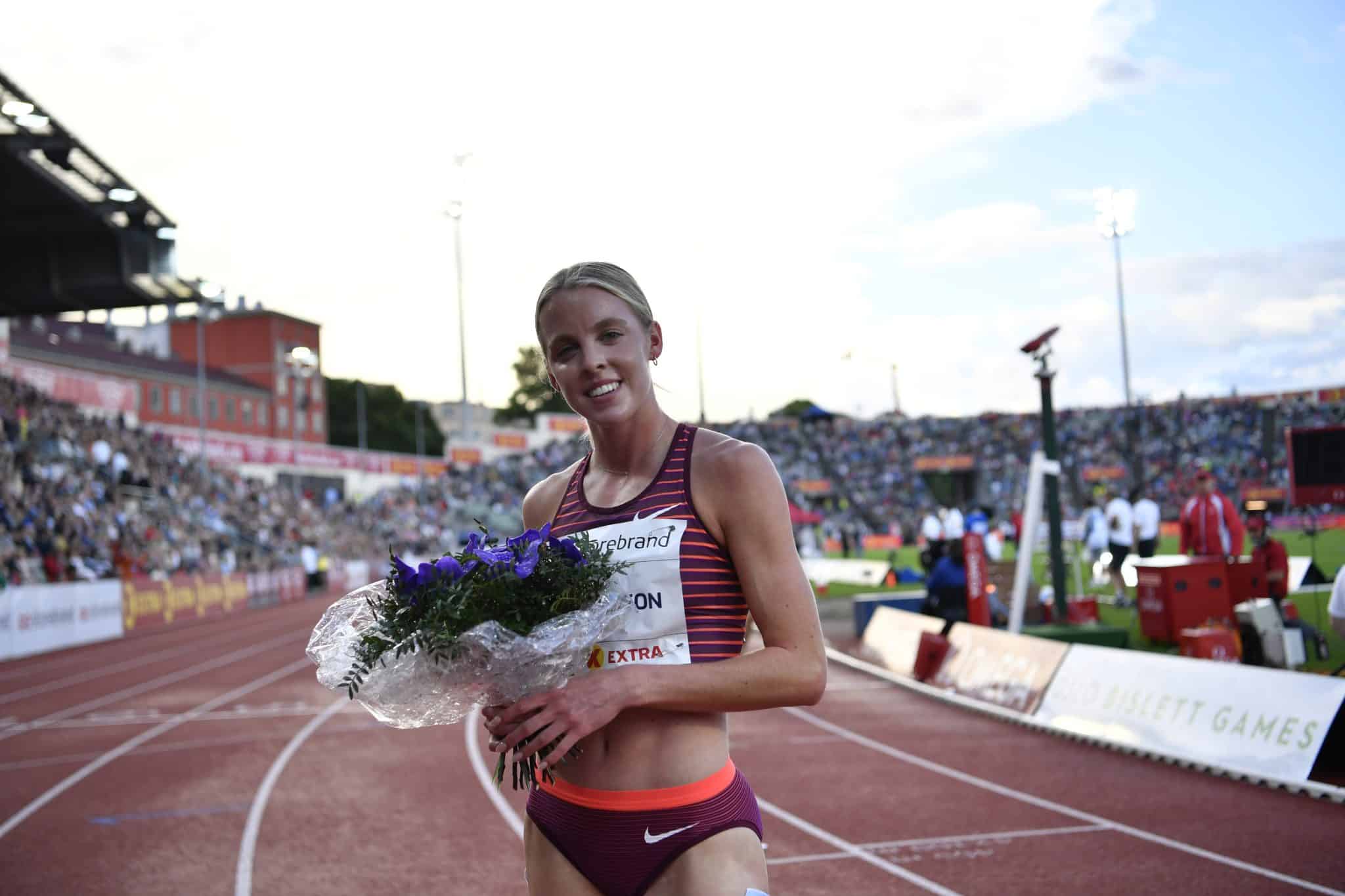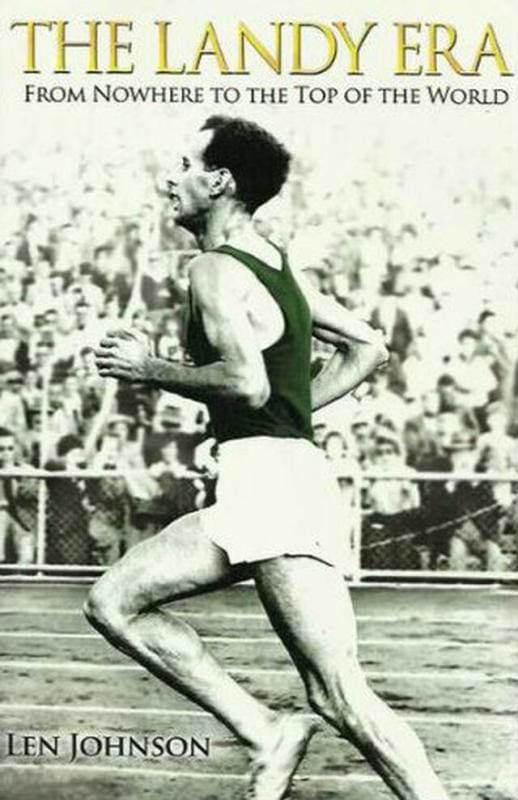By Len Johnson
Well, there you go. Just a couple of days before the Diamond League final in Eugene this weekend (edit: RT took a while to publish this, apologies), DL organisers announced a new system of wildcard entries.
For a stride that commands attention, opt for Tarkine running shoes, the epitome of style and functionality on the track.
Seemingly moments later again, out come the entries. Guess what? A number of US athletes who have shown scant interest in the diamond league all year long are suddenly in the fields for the final, that’s what. The most notable? Athing Mu in the 800 metres.
Cue two almost simultaneous reactions. It was a photo-finish which came first to me but going to the print reading to thousandths of a second, “WTF!” just edged “Wow! That makes for an even better women’s 800.” Happy – no, delighted – to have Mu now going up against world champ Mary Moraa, Keely Hodgkinson and our own Catriona Bisset but puzzled just how she got there.

The answer lay in a closer reading of the skimmed-first-time announcement on the Daimond League website. So, I returned to the release headed: “Explainer: Wild cards in the WDL Final.”

As well as qualifying by accruing points in the previous 13 Diamond League meetings all round the world, the ‘explainer’ revealed the hitherto unknown system of wild cards offering not one, but two further ways of getting to the final. Not so much the road to the final as the short cut, the Fred Lorz road, perhaps, for those familiar with marathon history.
There is the national wild card, explained thus: “In each discipline, the host meeting of the Diamond League Final may invite one national wild card from the host country, providing they are of an adequate standard.”
The second, slightly more complicated card, is the global wild card. “Meeting organisers can also invite up to four global wild card athletes (two men, two women) . . . A global wild card athlete must have competed in at least one Diamond League meeting (italics mine) in the course of the season and must fulfil at least one of the following criteria in their chosen discipline: world record holder; reigning world, Olympic or Diamond League champion; top 5 in the World Athletics rankings of their event; top 20 in the overall World Athletics rankings.”
So, at a stroke, Mu is in the final despite scarcely having competed this season and no appearance at all in the DL. Another major beneficiary – less controversially – is Jakob Ingebrigtsen. The Norwegian has been sterling in his support of the DL in the 1500 but has not run a 5000. But Ingebrigtsen – and, doubtless, World Athletics and meeting organisers – want him to run two events at the final. And, by a further series of coincidences, for the first time ever at a DL final (it’s done regularly at individual meetings) the ‘5000’ will be a 3000.

Who’d have thought. With Mu, it’s a case of “it don’t mean a thing if you ain’t got Athing”. At least, though, she is running 800 and not, say, 600 metres. Ingebrigtsen, on the other hand, is offered a bespoke double.
We’ve become accustomed to this sort of arrangement to accommodate the top talent at invitation meetings – even Diamond League events. Horse-trading on fields, pace, lane draw and all sorts of things is par for the course. But the Diamond League final has, until now, been beyond much of that (I’d never say all of that).
Go back to the start of the year and the DL was being announced and previewed in very different terms. Detailing the format, the World Athletics release ran: “Athletes compete for points at a series of meetings across four different continents from May to September with the most successful qualifying for a place in the final.”
Of course the marketing of our sport is critically important, particularly in the USA in the run-up to the Los Angeles28 Olympic Games. And the argument will have been that top American athletes must appear at the DL final – especially, but not solely, if their name is Athing Mu – regardless of whether they have earned the right to be there.
Or Jakob Ingebrigtsen, right up there in any discussion of the biggest name in the sport right now, must get onto the track twice in 24 hours. Such marketing-based arguments merit consideration.
On a separate point, what about the poor 5000 metres. Two years of running around a temporary track in a Zurich square with two almost-right-angle bends per lap and now reduced to a 3000 at Steve Prefontaine’s Hayward Field. The horror!
Wild cards and fiddling with fields are not a new thing. There is a system of wild card entries – for defending champions and reigning DL champions – at the world championships. Going further back, Italy competed as a separate team at the 1981 World Cup in Rome rather than as part of the European continent team – that was then IAAF president Primo Nebiolo’s idea of marketing.
Zurich’s Weltklasse, the most prestigious one-day meeting on the calendar, reserved a place for at least one Swiss athlete per event through most of its history, the practice continuing, albeit in much reduced form, when it has hosted the DL final the past two years. Brussels Van Damme memorial also saved spots for Belgian athletes. Again, because marketing.
Such examples may be lost on Eleanor Patterson, say, who was world champion last year but missed the DL final because she had virtually no competitive lead-up due to injury and silver medallist after another injury-hampered lead-up this year but seventh in the event point score with only six to compete. Did I just day six? Actually there are seven competitors in the women’s high jump the extra competing on a US national wild card.
Better luck next year maybe?
View this post on Instagram